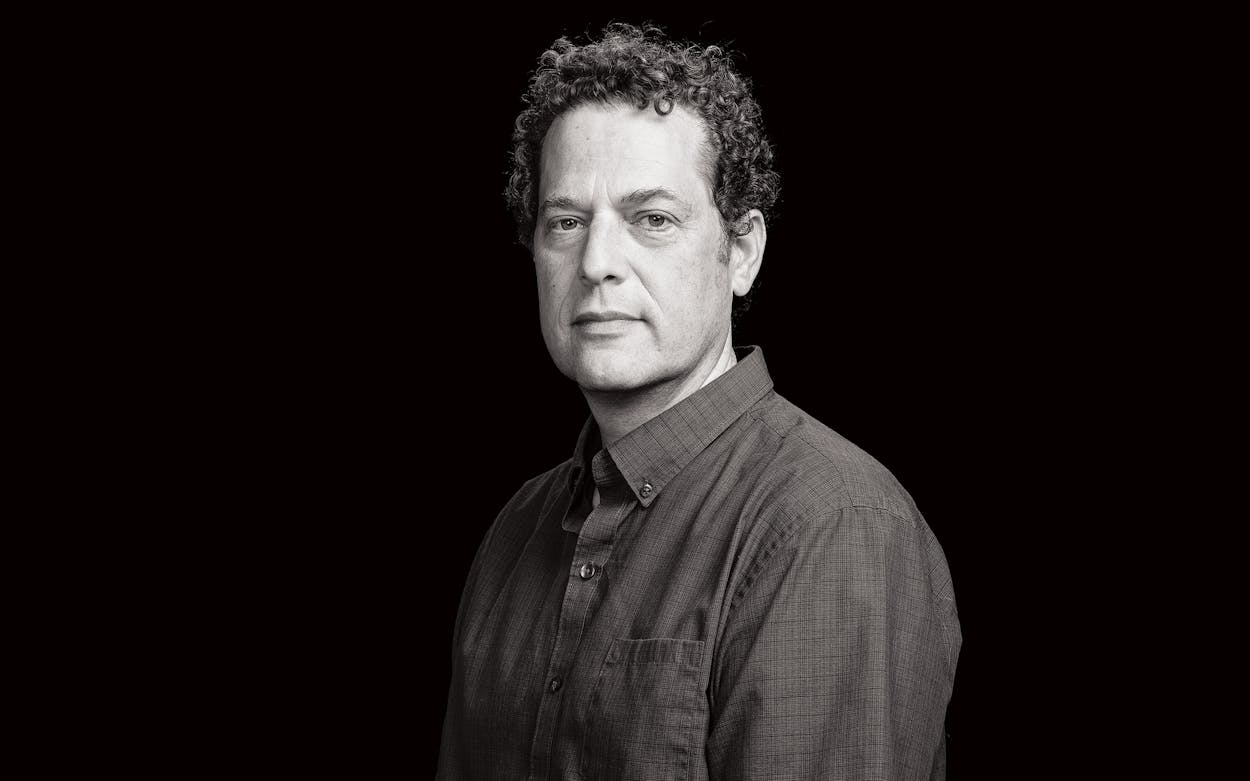Over the past several months, one publication after another has announced significant layoffs: Business Insider, the Los Angeles Times, National Geographic, the New Yorker, Sports Illustrated, the Texas Tribune, the Washington Post, and many others. Among the few journalistic organizations still growing in readers, listeners, and viewers, revenue, and editorial staff are the New York Times—and Texas Monthly.
That distinction wouldn’t be possible without the diligence and creativity of TM’s editorial and business professionals. But those qualities are also abundant among our friends who have been laid off elsewhere. TM is blessed in two ways that most other publications aren’t. We get to focus on a sprawling, fascinating state that is growing rapidly economically and in its population, which includes lots of new folks who love stories about Texas. And we benefit from the long-term approach to investing taken by our owners, Randa Duncan Williams and her family.
Their patient capital—planning for returns over a period of years rather than quarters—has allowed us to double our editorial staff to some sixty journalists, including three we’re hiring for positions that opened in January. That expansion has enabled us to deliver the best storytelling about Texas not only in the print magazine but also on our website—where we publish about five times more articles than we do in print—as well as in our books, live events, newsletters, podcasts, and videos, and through the growing number of our stories that we sell to Hollywood for adaptation as movies and streaming series.
We’re able to report the kinds of ambitious, time-consuming articles that more and more outlets have had to cut back on. Last year, for example, we published an investigation, undertaken through months of research in the property records of 41 county tax offices, that revealed how former Speaker of the House Tom Craddick and his daughter, Christi Craddick, chairman of the Texas Railroad Commission, collect about $10 million a year, depending on energy prices, from investments in oil and gas wells they are supposed to regulate. Another example is this month’s cover story on Tim Dunn, the reclusive billionaire oilman and Christian nationalist who looms as the most powerful figure in the state yet is little known to most Texans.
Both stories were reported by senior editor Russell Gold, a celebrated writer on energy and business. Russell joined TM in 2021 after two decades at the Wall Street Journal, where he was twice a finalist for the Pulitzer Prize. Among his many skills, Russell is adept at what we call report-around stories, where the writer must circumvent subjects (for example, Dunn and the Craddicks) who decline to be interviewed and who discourage their associates from talking. Russell is an expert on public records research (a skill he teaches to our younger staffers). He brings the subjects of his features vividly to life, whether they cooperate or not, by interviewing everyone from their high school sports teammates to former business colleagues. “You can find lots of leads,” Russell said, “if you pore over enough school yearbooks and corporate records and then just track people down.”
Russell spent four months learning all he could about Dunn, including through trips to his West Texas stomping grounds. “A turning point came,” Russell said, “when I found a bunch of videos of his sermons.” In his lay preaching at Midland Bible Church, Dunn offered insights into his views on Jews, the role of women in society, and even his childhood fascination with bees. “He’s an interesting guy,” Russell observes—and an important figure whom Texans now will understand better, thanks to Russell’s resourceful reporting and evocative writing.
This article originally appeared in the March 2024 issue of Texas Monthly with the headline “Investing in Ambition.” Subscribe today.









